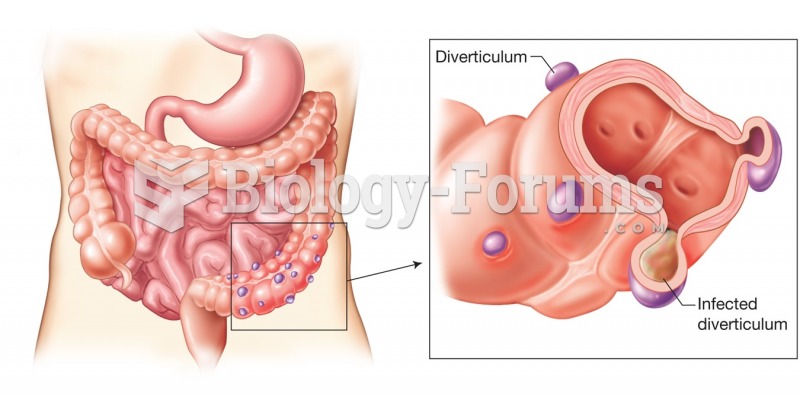This topic contains a solution. Click here to go to the answer
|
|
|
Did you know?
In 1885, the Lloyd Manufacturing Company of Albany, New York, promoted and sold "Cocaine Toothache Drops" at 15 cents per bottle! In 1914, the Harrison Narcotic Act brought the sale and distribution of this drug under federal control.
Did you know?
Asthma cases in Americans are about 75% higher today than they were in 1980.
Did you know?
The average office desk has 400 times more bacteria on it than a toilet.
Did you know?
Blood is approximately twice as thick as water because of the cells and other components found in it.
Did you know?
Earwax has antimicrobial properties that reduce the viability of bacteria and fungus in the human ear.







